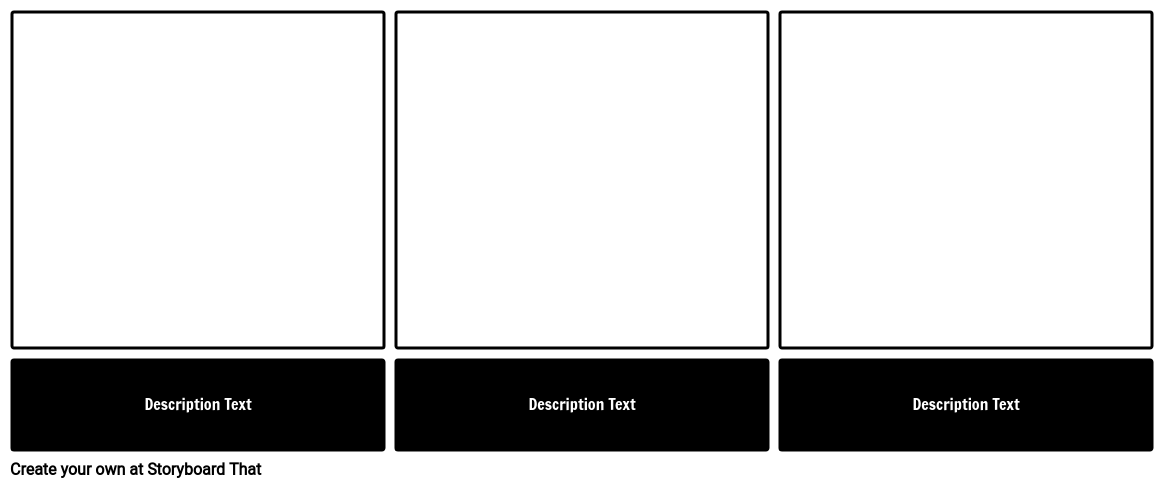Activity Overview
An exceptional way to help your students follow a text is to have them track the important details. This helps students develop a greater understanding of how the events fit together to provide the overall structure of the text.
This example identifies six main parts:
- Eyes help the falcon spot dinner in the grass below. Eyes on the mouse will help him find a safe place away from the falcon.
- Animal and human eyes catch bouncing light in order to see.
- Light, from a variety of sources, bounces, or reflects, off a surface which causes it to be seen by the eyeball.
- The light enters the cornea. The cornea bends, or refracts, the light.
- Next, light enters your pupil passing through the lens. The lens bends light further, allowing the image to focus.
- The image appears upside down on your retina. Your brain flips it right side up.
Template and Class Instructions
(These instructions are completely customizable. After clicking "Copy Activity", update the instructions on the Edit Tab of the assignment.)
Student Instructions
Diagram the process of how the eyes allow us to see.
- Click "Start Assignment".
- In the descriptions, summarize how the eyes work.
- Add illustrations for each cell using appropriate art.
- Save and Exit
Lesson Plan Reference
- CCSS: RI.5.2 - Determine two or more main ideas of a text and explain how they are supported by key details; summarize the text.
Activity Overview
An exceptional way to help your students follow a text is to have them track the important details. This helps students develop a greater understanding of how the events fit together to provide the overall structure of the text.
This example identifies six main parts:
- Eyes help the falcon spot dinner in the grass below. Eyes on the mouse will help him find a safe place away from the falcon.
- Animal and human eyes catch bouncing light in order to see.
- Light, from a variety of sources, bounces, or reflects, off a surface which causes it to be seen by the eyeball.
- The light enters the cornea. The cornea bends, or refracts, the light.
- Next, light enters your pupil passing through the lens. The lens bends light further, allowing the image to focus.
- The image appears upside down on your retina. Your brain flips it right side up.
Template and Class Instructions
(These instructions are completely customizable. After clicking "Copy Activity", update the instructions on the Edit Tab of the assignment.)
Student Instructions
Diagram the process of how the eyes allow us to see.
- Click "Start Assignment".
- In the descriptions, summarize how the eyes work.
- Add illustrations for each cell using appropriate art.
- Save and Exit
Lesson Plan Reference
- CCSS: RI.5.2 - Determine two or more main ideas of a text and explain how they are supported by key details; summarize the text.
More Storyboard That Activities
Seeing Eye to Eye
Pricing for Schools & Districts
© 2025 - Clever Prototypes, LLC - All rights reserved.
StoryboardThat is a trademark of Clever Prototypes, LLC, and Registered in U.S. Patent and Trademark Office








